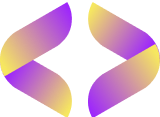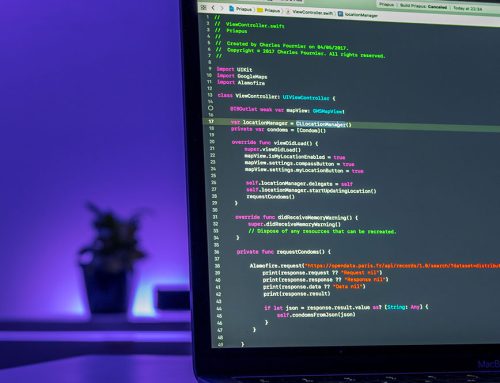I follow a number of AI Newsletters and one of them asked its readers to post stories about how they used AI and the benefits they have seen.
This is my story I sent in.
At the beginning of 2025, after a significant loss of income, I realized I could no longer ride the coattails of my 27-year-old marketing agency into retirement.
At 73, I turned to AI—not to chase trends, but to understand what this “newfangled thing” really was and whether it could help me rebuild. I wanted to see if it could make me relevant again, create something lasting, and improve both my life and my family’s future. That mix of necessity, curiosity, and sheer stubbornness sparked a complete reinvention of how I work, create, and think about technology.
1. Rebuilt a 27-Year-Old Marketing Agency
I modernized my long-standing marketing agency from the ground up, using AI as both a catalyst and a teacher. What began as a traditional web-and-SEO business evolved into an adaptive system built around automation, intelligent communication, and predictive analytics.
AI tools now handle much of the repetitive workload once done manually—everything from customer responses and scheduling to content creation and campaign optimization. This transformation allowed a small, experienced team to perform at a level that would have required a staff five times larger a decade ago. At 73, I didn’t just learn new tools—I re-engineered an entire business model to thrive in an AI-driven world.
2. Writing an Ongoing AI-Collaborative Book Series
Alongside rebuilding my business, I began a creative experiment—co-authoring a continuing series of works that explore humanity’s place in the cosmos and the moral dimensions of survival.
The first two—The Sun Debt and The Sun Breach—are interconnected narratives examining what happens when Earth is forced to confront its role in a larger, governed universe. They explore themes of planetary debt, cosmic accountability, and the limits of human cooperation when faced with forces beyond comprehension. Both are being developed through structured collaboration with advanced AI systems created by OpenAI and Anthropic. The concepts themselves were entirely human—ideas I’ve carried for years—but the scale and complexity of the stories could only be realized with AI assistance. These systems serve as creative counterparts, helping to shape continuity, world-building, and structure while I direct the emotional, moral, and philosophical tone of the narrative.
The third work, Stolen Sunshine, is distinct. It turns inward, chronicling the creative and ethical tensions that emerge when human and machine authorship collide. Set against the backdrop of a fictional court case over the ownership of an AI-assisted manuscript, it blurs the line between evidence and imagination. The story documents the breakdown and reconciliation of human intuition and machine logic—revealing how collaboration, creativity, and control all come under trial when intelligence itself becomes a shared act.
Together, these works are ongoing experiments that merge narrative, philosophy, and technology into a unified exploration of what it means to be human in an intelligent universe.
3. Built the Democracy Stability Clock
This project started from both curiosity and concern. I spent most of my life as a Republican but became an Independent in 2016, after realizing that many of my long-held political beliefs were being tested by events that no longer fit clean ideological lines. Since then, I’ve found myself questioning almost everything I see and hear—no matter which side it’s coming from. That growing uncertainty led me to build something that could help me understand the country’s direction in a more objective, data-driven way.
The Democracy Stability Clock is an AI-assisted framework focused primarily on measuring the health of democracy in the United States. It draws on international data for comparison—looking at how other nations rise or decline in trust, governance, and civic stability—but its real purpose is to hold up a mirror to America. It’s not about partisanship or punditry; it’s about tracking whether the country’s democratic core is strengthening or weakening over time.
The Clock evaluates four key dimensions:
-
Information Integrity – truth vs. misinformation, propaganda, and censorship trends.
-
Governance Stability – rule of law, institutional trust, corruption, and transparency.
-
Economic and Social Resilience – inequality, opportunity, and how those factors affect civic trust.
-
AI Regulation and Ethics – how emerging technologies influence political accountability and public perception.
AI models process weekly data from media sentiment, transparency reports, and global indices to produce a living “stability score.” The goal isn’t prediction—it’s perspective. By comparing U.S. data against global trends, the Clock highlights where democratic drift may be occurring before it becomes crisis. It’s not about winning arguments; it’s about understanding what’s real, where trust is eroding, and whether the institutions we depend on are still functioning as intended.
In short:
AI didn’t just give me new tools—it gave me a new purpose. I reinvented a legacy business, began a collaborative creative journey with machine intelligence, and built a system to help track the health of democracy itself. At a stage in life when most people slow down, I found a second wind through AI—and I intend to use it to keep building, learning, and questioning everything that follows.
Oh yes—and AI helped me write this case.





Leave A Comment